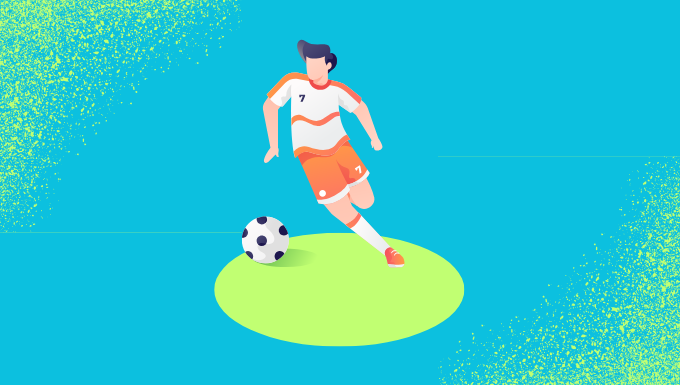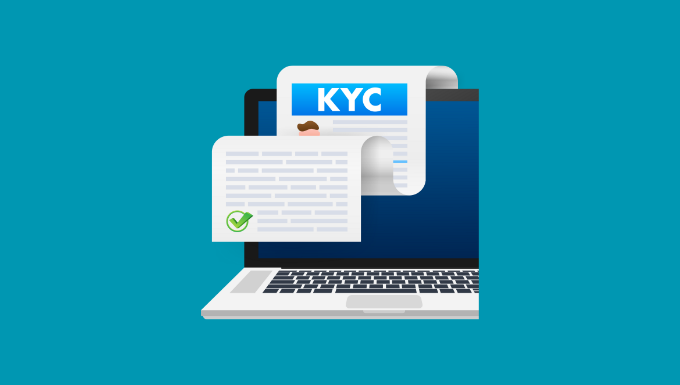The public sees a rainy forecast for a football game and blindly pounds the Under. Sometimes they’re right, but often they’re just guessing. A sharp bettor understands the specific effects of different conditions on different sports. Weather isn’t a magic key, but it’s a variable that can give you a real edge if you know how to read it.

Why Weather Matters in Sports and Betting
Weather isn’t just about comfort; it changes how games are played. Rain can make fields slippery, wind can alter ball trajectories, extreme heat or cold can tire players out faster, and even humidity can affect grip or endurance. For bettors, this means opportunities to spot value. If a team thrives in bad weather but the odds don’t reflect it, that’s your edge.
Always check forecasts from reliable sources like Weather.com or local apps, and look at historical data on how teams perform under similar conditions. Pro tip: Don’t rely on just the day’s of forecast; monitor trends leading up to the game.
Football
Outdoor pitches make football super sensitive to weather.
- Rain: Muddy fields slow the ball and increase slips, reducing goals. Teams that play direct, long-ball styles (like some English clubs) adapt better than possession-based ones (e.g., Barcelona). Expect fewer shots on target and more draws.
- Wind: It curves crosses and free kicks unpredictably. Goalkeepers hate it for long clearances. In windy matches, under 2.5 goals bets are solid.
- Extreme Heat/Cold: Heat causes fatigue, leading to more substitutions and late-game collapses. Cold tightens muscles, upping injury risk. In hot World Cup games, I’ve seen favorites fade in the second half.
- Betting Insight: Study team styles as defensive teams shine in bad weather. Use stats from sites like Opta to see past performances. If rain is forecast for a high-scoring matchup, pivot to under bets or draw no bet.
Tennis
Outdoor tournaments (like Wimbledon or the US Open) are prime for weather disruptions.
- Rain: Delays matches, and wet courts slow the ball, favoring baseline grinders over big servers. Grass courts get especially slippery.
- Wind: Makes serves and volleys erratic; players like Rafael Nadal handle it well with topspin, while flat hitters struggle. More unforced errors mean longer rallies and potential upsets.
- Heat/Humidity: Extreme heat (over 90°F) leads to fatigue, cramps, and retirements. The Australian Open has seen this a lot with fitter players like Novak Djokovic pull ahead.
- Betting Insight: In live betting, watch for momentum shifts post-delay. Bet on durable players in hot conditions. Check head-to-heads in similar weather; underdogs can surprise in wind.
Golf
Golf is outdoors and spread out, so weather can make or break scores.
- Wind: The biggest factor because gusts throw off shots, especially on exposed courses. Pros adjust, but high winds lead to higher scores overall (e.g., +5 instead of -2 per round).
- Rain: Softens greens, making putting easier but approaches tougher. Heavy rain can flood bunkers and force conservative play.
- Temperature: Cold stiffens swings, reducing distance. Heat can dehydrate players, affecting focus in later rounds.
- Betting Insight: In tournaments like The Open (windy links courses), bet on experienced wind players like Rory McIlroy. For outright winners, look at past performances in bad weather. Prop bets on over/under scores often hit in extremes.
American Football (NFL/College)
Football games often happen outdoors, so weather hits hard.
- Rain and Snow: Wet fields lead to more fumbles, dropped passes, and a shift to run-heavy plays. Passing games suffer; think quarterbacks like Tom Brady in the snow versus a dome team. Results? Lower scores, with unders hitting more often. In heavy rain, total points might drop by 5-10 on average.
- Wind: Strong gusts (over 15 mph) mess with kicks and long passes. Field goals become tougher, and games turn conservative. I’ve bet unders in windy conditions and cashed in plenty.
- Cold Temperatures: Below freezing, players stiffen up, leading to more injuries and errors. Teams from warm climates (like Miami) struggle in places like Green Bay.
- Betting Insight: Look for home teams used to their weather. For example, in a snowy Buffalo game, bet on the Bills if they’re facing a sunbelt squad. Check over/under lines. Bad weather often means unders pay off.
Baseball (MLB)
Baseball is all about the ball’s flight, so weather tweaks everything.
- Wind: Outward winds boost home runs (balls carry farther), while inward winds suppress them. In parks like Wrigley Field, a 10 mph wind can add 20-30 feet to fly balls. Results: Higher run totals in windy-out games.
- Temperature: Hot days (above 80°F) make the ball travel farther due to less dense air, leading to more homers. Cold games (below 50°F) do the opposite and pitchers dominate.
- Rain Delays: Not just postponements; partial rain can make the field slick, affecting fielding and base running.
- Betting Insight: Factor in ballpark specifics. For over/under run lines, hot and windy conditions scream overs. I’ve profited by betting on power hitters in favorable weather. Use tools like Fangraphs for weather-adjusted stats.
General Tips for Bettors
From my experience, here’s how to turn weather knowledge into wins:
- Research Tools: Use apps like Dark Sky for hyper-local forecasts. Sites like Covers or Betfair have weather overlays for lines.
- Historical Data: Check how teams/players perform in specific conditions. For example, in NFL, teams with strong rushing attacks win 60-70% more in rain.
- Line Movement: If weather worsens, lines might shift so jump on early value.
- Bankroll Caution: Weather adds variance, so bet smaller on unpredictable days.
- Live Betting Edge: Weather can change mid-game; be ready to adapt.
Remember, weather is just one piece of the puzzle. Combine it with form, injuries, and motivation. I’ve lost bets ignoring a forecast and won big by spotting overlooked edges.


